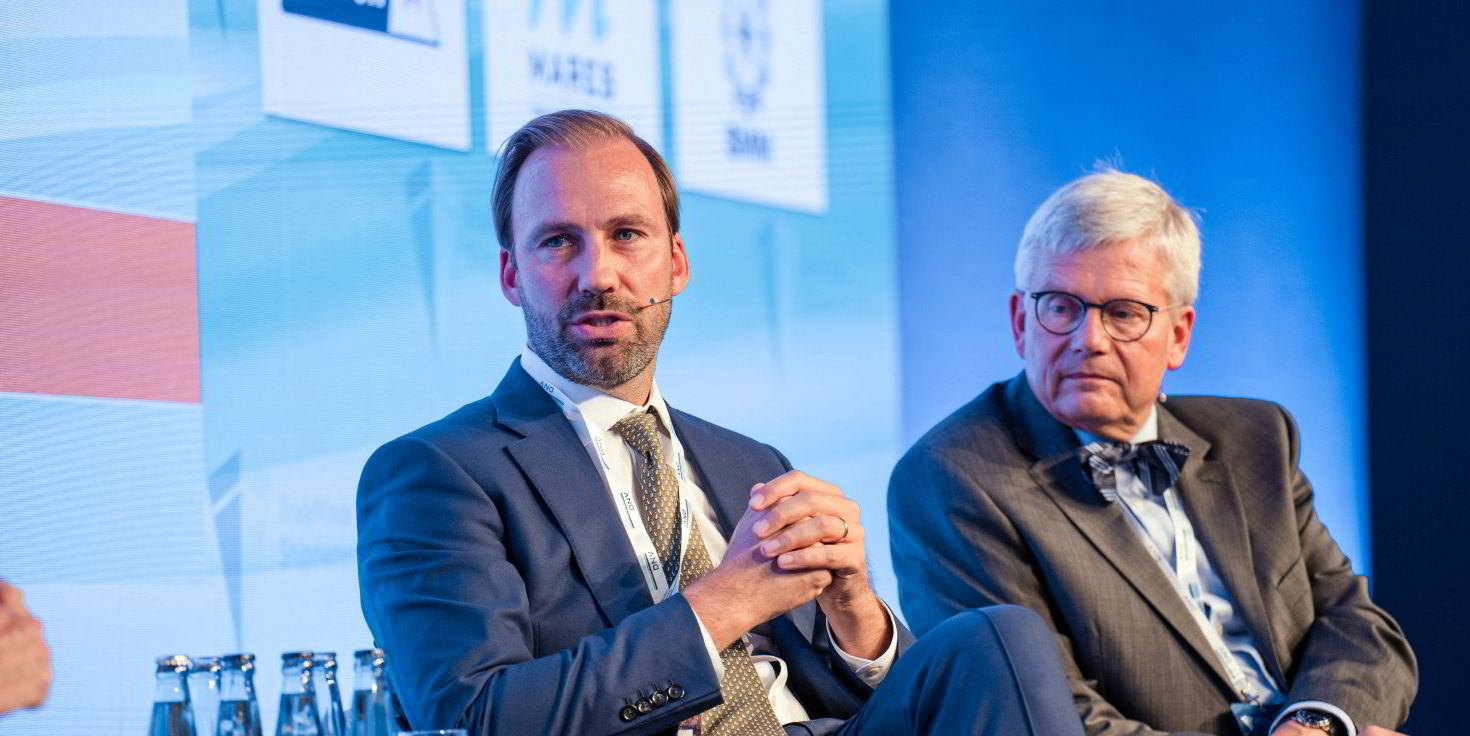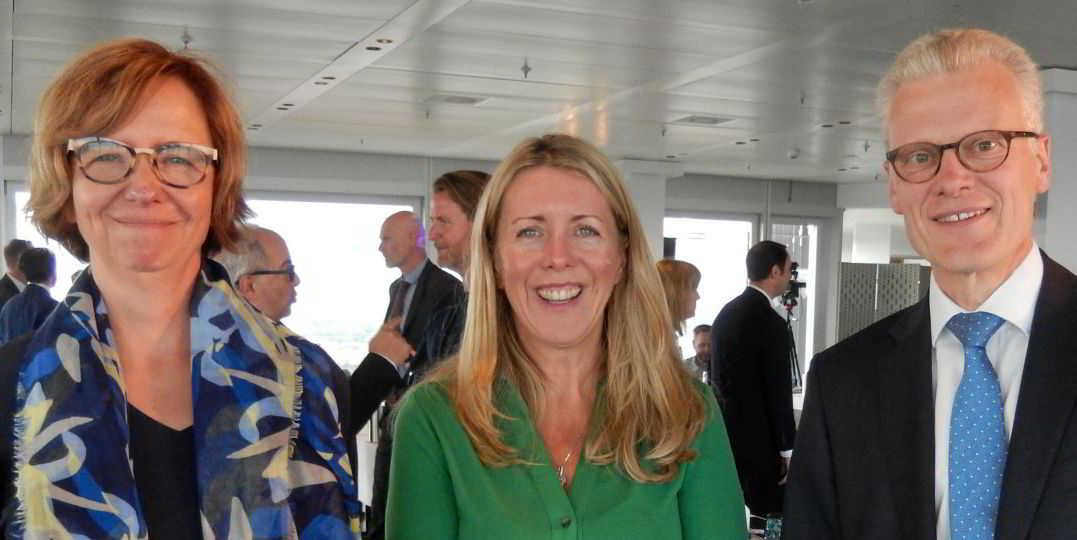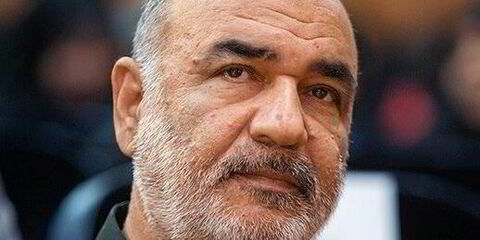Sharp falls in charter and freight rates seem to spell the end of the party for container shipping.
War, inflation and economic uncertainty are likely to drag markets further down in the interim period.
But the fall from the extreme highs may be welcome, panellists told the TradeWinds Shipowners Forum in Hamburg.
“Is it that bad?” asked Constantin Baack, chief executive of Oslo-listed MPC Container Ships.
“We came from a historically high market, so a bit of a cool-off doesn’t really harm.”
Fewer fixtures are being reported than at the height of the boom, and those that have emerged in recent weeks are much shorter.
That reflected the lack of available tonnage in some sectors that could provide stability in the charter market.
“Overall, we’re still in a very robust market environment,” said Baack.
“Usually there are 1,500 vessels available to the charter market.”
“Next year there are maybe 400 to 450, so there will be way few vessels available.”
Baack acknowledged that the subletting of ships may increase the supply of container ships.
But subletting remains more difficult in container shipping than in other sectors of the industry, he added.
Sinking feeling
Container ship charter rates continue to sink across the board.
The New ConTex, which tracks rates for 1,100-teu through to 6,500-teu ships, is 11.6% down year on year.
The index plunged to 2,733 for the week ending on 9 September. That is the first time that all sizes of container ships have registered a continuous negative trend over the year, German shipbrokers’ association VHBS reports.
Tonnage providers that used to let business come to them are today chasing enquiries, said brokers.
“We are no longer seeing the party that we are used to,” Alexandros Karydis, director of chartering at Hanse Bereederung told the TradeWinds forum.
“The charterers have adopted a ‘wait-and-see’ strategy,” he said.
That was a “logical” response to geopolitical and economic uncertainty, he added.
Some pillars of the container shipping market that have restricted supply remain in place.
Port congestion is likely to remain an issue for a few more months, as the problem has shifted from the US west coast to ports in northern Europe.
“Congestion will resolve over time, but we’re not there yet,” said Baack. “Thereafter, new decarbonisation regulation kicks in.”
Decarbonisation
Panellists differed on the impact of pending legislation such as the Energy Efficiency Existing Ship Index (EEXI) regulation, which is set to be introduced on 1 January 2023.
Some suggest the impact will be greater once the Carbon Intensity Indicator (CII) kicks in and older ships have to exit the market.
But studies by German tonnage provider Atlantic Lloyd had suggested that engine power limitations would not make much difference to how vessels already perform, said managing director Ulrich Paulsdorff.

Significant improvement in performance would not arise if the economic and ecological interests of shipowners were not “aligned”, he added.
“What we have seen so far is when the economic incentive is higher than the ecological incentive, then C02/climate change [issues] will be secondary,” he said.
Baack argued that the pending carbon legislation was expected to result in slower speed for smaller ships.
The impact of decarbonisation measures would be felt most on the intra-regional trades, such as in the Americas where vessels have a high-reefer capacity and operate at high speed, he said.
Good news
Liner operators were likely to lead the innovation and had built up the financial resources, said financial experts.
“The good news about the boom is we now have a very strong balance sheet across the industry,” said Axel Siepmann, director of Braemar Corporate Finance.
“So, if we are now to tackle the required investment for change, there is a healthy balance sheet,” he added.
Other shipping segments have also taken steps to monitor the impact of EEXI and CII on their vessels.
Odfjell, the Oslo-listed chemical tanker owner, had been looking at improving energy efficiency “ahead of a big tipping point”, chief sustainability officer Oistein Jensen told the forum.
“Over time, we have invested in maybe 100 retrofit projects and for this year, we have planned for another 24 projects of energy-saving devices,” he said.
Those devices comprised “everything from small digital technologies to large-scale propellers and hull modifications”, he added.(Copyright)





